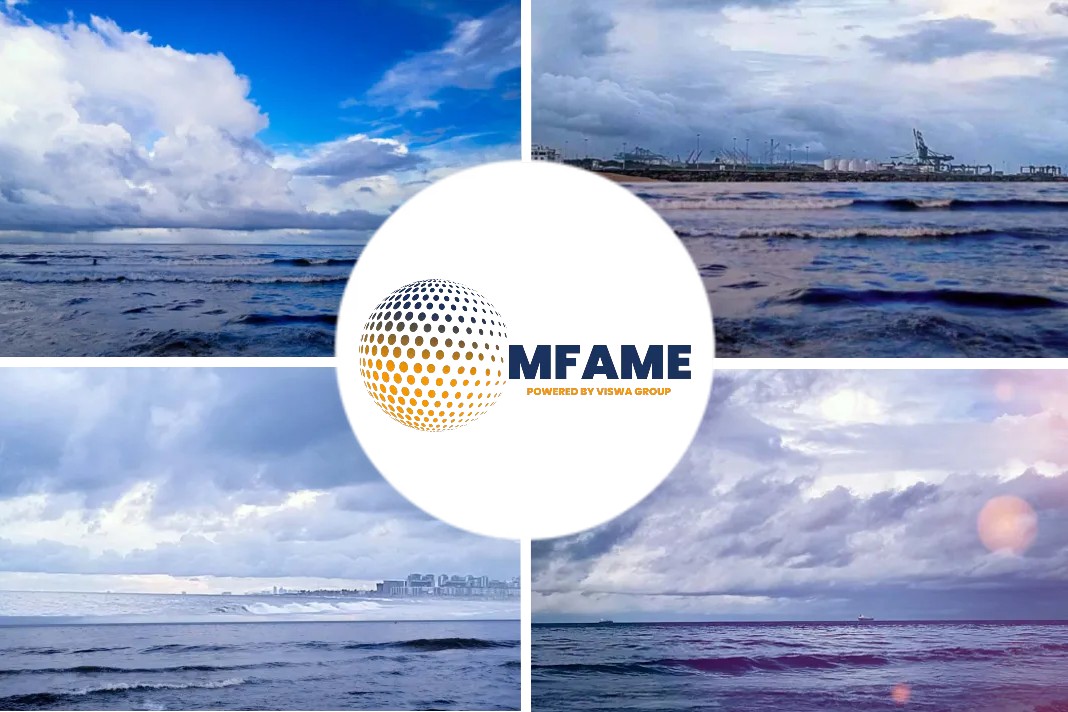- Interconnectivity is the the key to maritime digitalization says Lars Jensen, CEO & Partner, SeaIntelligence Consulting.
- A simple look at the technological development that’s been taking place for the past couple of decades amply demonstrates that nothing is future-proof, and even the best thought-out solutions can quickly become obsolete.
- The real strength lies in not having a single end-all solution, but, instead, using a combination of different tools for different tasks.
According to Lars Jensen, CEO & Partner, SeaIntelligence Consulting, Interconnectivity is the the key to maritime digitalization, reports Baltic Transport Journal.
Digitization of maritime industry
Digitalization of the maritime industry has been topping the “hot topics” list for a few years now and the interest in who, what, and when will digitally disrupt seaborne trade has been only gaining traction.
Hundreds of both established companies and start-ups are developing soft- and/or hardware
solutions for the industry, while many maritime companies are working on in-house developments, too.
The entire industry is ripe for making a breakthrough with the use of digital tools. The emergence of hundreds of freight tech companies and billions of dollars in venture capital is clear proof of it.
But what are all those companies trying to achieve beneath the surface?
They are all developing tools or solutions targeting specific pain points within the maritime supply chain. That’s good because it also means much of the development is focused
on actual real-world problems.
The really hard-nut-to-crack issue lies elsewhere and is most often noticed when the conversation moves on to discussing the so-called end-to-end solutions.
End to end process
Shipping is an industry with a large array of stakeholders involved – ship owners and operators, shippers, consignees, port authorities, terminal operators, customs authorities,
health inspectors, equipment providers etc.
They manage a specific task or process, a lot of them related to either a physical task, such as load- or unloading a container, or an administrative task, like customs clearance or health inspection, which are mandatory by law in most places.
The end-to-end process would appear very different to each of the stakeholders.
Naturally, although they’re sometimes very different from each other, stakeholders have overlapping processes.
For instance, by having a customs clearance tool that matches the needs of both the authorities and the shipping line, cargo owners and ports benefit as well (the latter requires this process to feed their terminal operating system with data that’s of use for other parties, but it doesn’t work in the opposite direction, as customs has no use for such a system).
This is of course just a very simple example to draw your attention to the bigger picture. Overall, we won’t experience the emergence of an all-embracing end-to-end tool, simply because stakeholders have fundamentally different needs.
This, by extension, implies that the supply chain, so to speak, of new digital tools and services, will remain fragmented, as each solution will be tailored to take care of only a part of the process.
A simple look at the technological development that’s been taking place for the past couple of decades amply demonstrates that nothing is future-proof, and even the best thought-out solutions can quickly become obsolete.
Interoperability: the key to unlocking the power of flexibility
The real strength lies in not having a single end-all solution, but, instead, using a combination of different tools for different tasks.
As such, in order to utilize this flexibility, one thing is more important than anything else in the development of maritime digital solutions, and that’s interoperability.
It’s the ability of different systems, built by various vendors, to communicate automatically and easily.
An interoperable system awards all the benefits of flexibility. In contrast, one without this capability will only lead to a significant amount of resources being spent on manually making it do so – as no process in the supply chain is truly stand-alone, and therefore information exchange is absolutely pivotal.
Furthermore, even though such workarounds can be devised, slowing down the flow of information, particularly automated one, can quickly cause problems, because when another system, for example with a client, has been suddenly upgraded, then the custom-built communication protocol is also likely to fail.
Hence, when choosing to implement new digital tools into the maritime supply chain, functionality is of course key, but interoperability has to be seen as equally important.
Did you subscribe to our daily newsletter?
It’s Free! Click here to Subscribe!
Source: Baltic Transport Journal

















